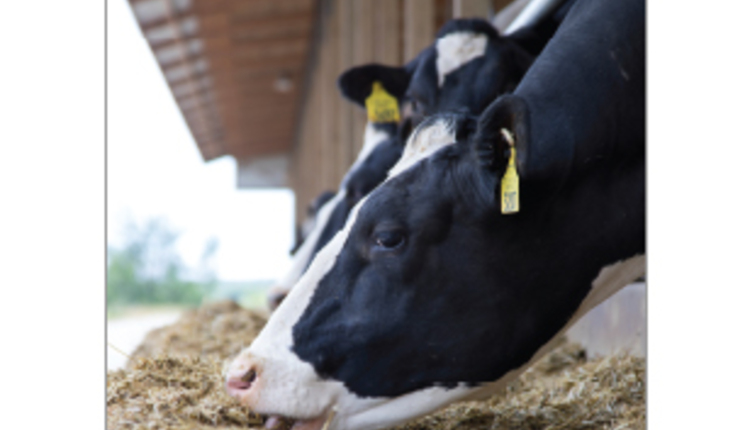
"In the best-case scenario, we'll lose only 2 to 3 percent of our harvested forage tons to fermentation shrink," noted John Goeser, Rock River Laboratory, at the Penn State Dairy Nutrition Conference. But, when combined with poor ensiling practices, up-front and secondary fermentation losses can account for anywhere between 3 and 25 percent of harvested tons, he continued.
While it is too late to change tactics and better preserve this year's crop, Ev Thomas, previously with the Miner Institute, shared strategies to reduce forage shrink in future years.
Inoculants: A survey of silage inoculant trials, across a range of silage types, found that milk production rose in half of the studies. Where production was improved, the average daily gain was 2 pounds of milk per cow. Across all trials this equated to 1 pound per cow per day. "To use an inoculant or not, should not be an annual decision. It should be considered a vital part of your risk management strategy," Thomas added.
He then highlighted the economics behind the decision. Assuming 50 pounds of silage per cow per day, we have 40 cow days per ton. Based on the average milk response, we get 40 more pounds of milk per ton of silage when using an inoculant. If the milk response is greater than the cost to inoculate a ton of silage, the decision is a no-brainer.
When choosing an inoculant, start with a reputable company. One that backs performance claims with research data. "The best silage inoculant contains the most effective bacteria; bacteria vary greatly in effectiveness," noted Thomas.
He added, "It still pays to inoculate forages in silage bags, too. We may not need an L. buchneri product, though, due to the small feeding face."
Packing and plastic: When packing, research shows that there is no difference between single and dual tires on silage density or dry matter loss, assuming that the crop is being packed in a 4- to 6-inch layer. When packing on steep silo slopes, especially on over-filled bunks, duals may be preferred due to tractor operator safety.
Thomas noted three important factors to be conscience of when packing: weight of the packing tractor, layer thickness and total packing time per ton of silage.
"When it comes to silo covers, it's all about the OTR (oxygen transmission rate). High numbers are bad, we need to get them down," said Thomas. Across 41 studies, there was an 11 percent dry matter loss in the top 2 feet of silage for a 1.8-mil high-density plastic compared to 20 percent dry matter losses for a standard 5-mil plastic.
In a study comparing a single layer of 5-mil plastic to double 5-mil layers or a 1.8-mil high-density plastic, a second layer of 5-mil plastic was better than one, improving dry matter retention by 2 percent (14.4 percent versus 12.5 percent, respectively). But it was no comparison to 1.8-mil high-density plastic, which cut dry matter losses in half.
A 2.5 to 5 percent reduction in spoilage loss, noted Thomas, is better than a similar gain in crop yield.

The author, Amanda Smith, was an associate editor and an animal science graduate of Cornell University. Smith covers feeding, milk quality and heads up the World Dairy Expo Supplement. She grew up on a Medina, N.Y., dairy, and interned at a 1,700-cow western New York dairy, a large New York calf and heifer farm, and studied in New Zealand for one semester.









